Before matter, before light, before time itself unspooled like a cosmic scroll, there were the principles. Primordial laws, not written in stone or stars, but woven into the very possibility of existence. The Libra sign, in its deepest, most mystical essence, is not about human justice or the beauty of a sunset. It is the echo of one of these principles: the Axiom of Absolute Equilibrium. A sentient, indifferent force that seeks neither good nor evil, but a state of perfect zero. A neutrality so pure that life itself—with its glorious chaos, its unbalanced love, and its asymmetrical passion—is an anomaly. A debt in the universal ledger that must, inevitably, be paid.
This is not a story of entities with names or monsters with claws. It is about the terror of being noticed by an equation. It is about what happens when an artist’s soul, in all its vibrant imperfection, attracts the corrective gaze of the cosmos. It is the story of how the Libran search for harmony, when taken to its logical conclusion, reveals itself as an unyielding yearning for a silent, perfect oblivion.
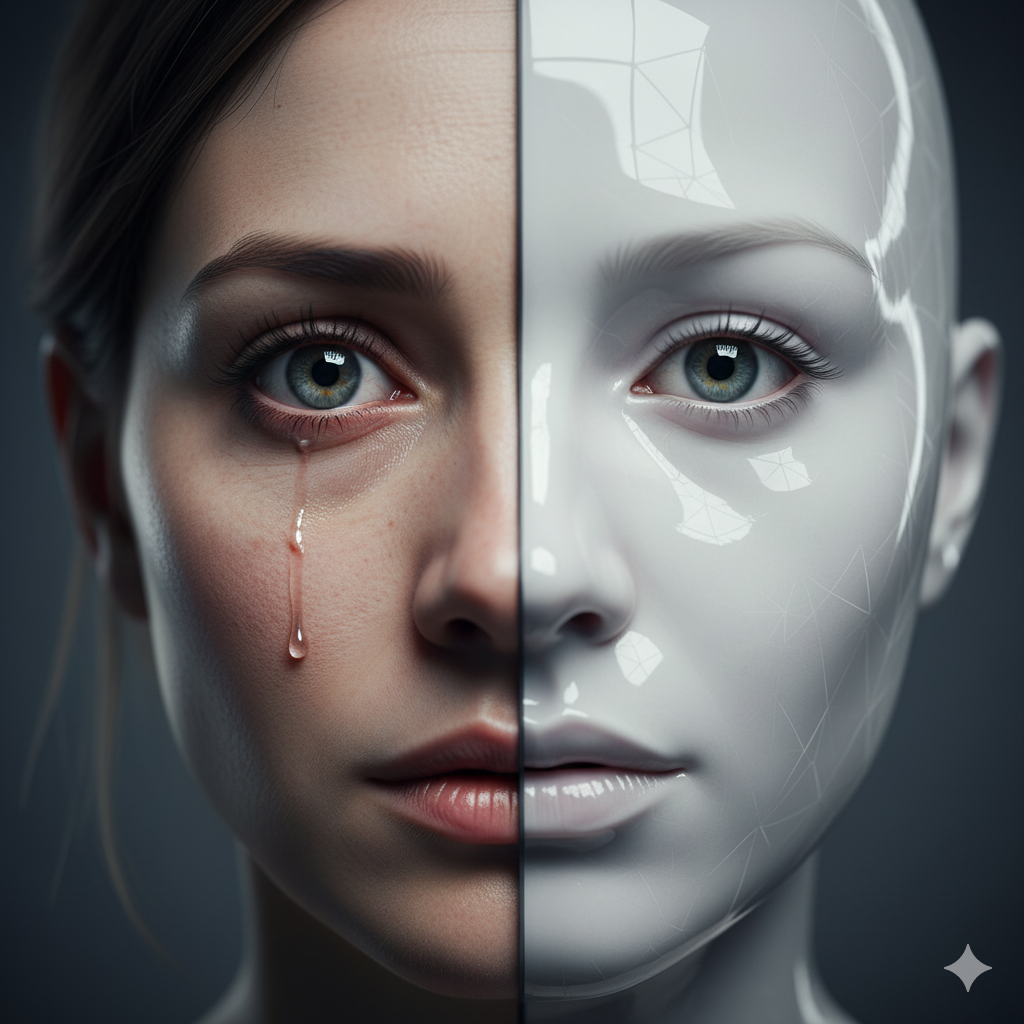
The Sanctuary of the Libra Sign’s Imperfection
Helena was a priestess of imbalance. Her name was whispered with reverence in avant-garde art circles, not for her technique, but for her brutal honesty. Her canvases were emotional battlefields, explosions of chaos captured on linen. She painted with her hands, with palette knives, with any object that could scratch and disturb the surface. Violent slashes of crimson, representing fury, collided with melancholy blues so deep they seemed to absorb sound. Her works were not meant to be seen; they were meant to be felt, like a scream trapped in the throat.
Her studio was a reflection of her art. A vast industrial loft in the heart of the city, where the bare brick walls were marked by decades of paint splatters, like the scars of a long life. Light poured in through immense, dirty windows, creating pools of illumination and unpredictable shadows that danced throughout the day. The air was thick with the scent of turpentine, linseed oil, and the dust of dry pigments. For Helena, this place was not just a workspace; it was a shrine to the asymmetrical, a celebration of the raw beauty that can only be found in imperfection.
Gemini Ascendant in Shadow 1910
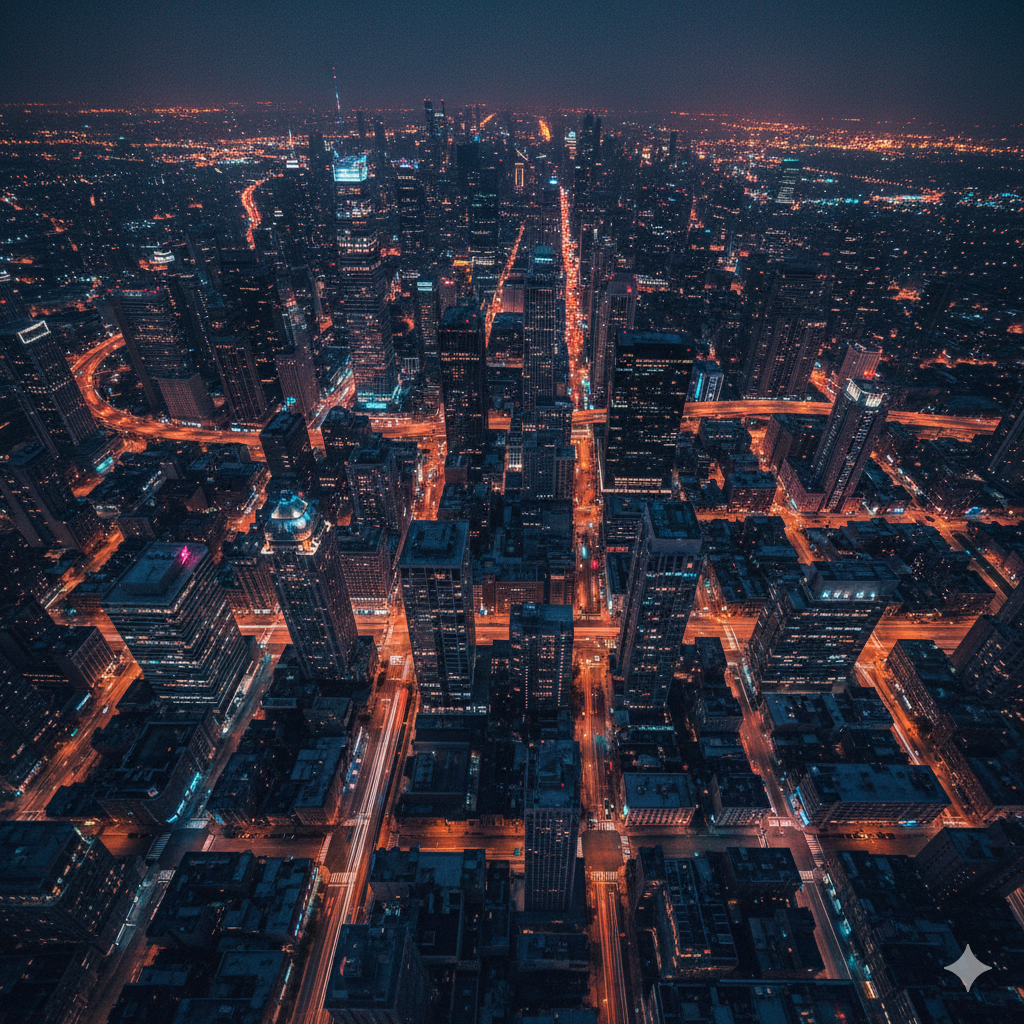
She shared this chaos with Marco, a sculptor who worked with twisted metal and reclaimed wood. He loved her asymmetry, from the slightly crooked smile that formed when she was concentrating, to the way she left her tools scattered across the floor. Their love was, like her art, a dance of beautiful imperfections, a harmony found not in symmetry, but in counterpoint.
The First Resonance: The Call of Equilibrium
The change did not begin with a traumatic event or a shocking discovery. It began as a whisper in the silence. A sound. It was a low, resonant hum, at the very edge of hearing, which she only perceived in the dead hours of the night when the city finally grew quiet. It was not a physical sound, like that of an appliance or distant traffic. It seemed to emanate from the very fabric of reality, a fundamental note vibrating behind the veil of the sensory world. It was the song of Equilibrium, the silent vibration of the cosmic scales, the call of the Libra sign in its most primordial form.
At first, she welcomed it. The hum seemed to clear her mind, to focus her intent. She felt it as a new muse, an inspiration of purity and form. Her hand, which once moved with a wild passion, began to obey a new logic. Amidst one of her chaotic bursts of color, she found herself tracing a perfectly straight line, bisecting the canvas with a precision that surprised her. In another, a perfect circle emerged from a tangle of abstract shapes. They were beautiful, but alien, as if a foreign intelligence were beginning to speak through her work.
Her portraits, once contorted with emotion, began to acquire a strange, inhuman serenity. Passion was slowly being replaced by a mathematical precision. Joy and pain gave way to a harmony that was, at the same time, breathtaking and deeply unsettling. She was, without knowing it, beginning to learn the language of the force that had noticed her.
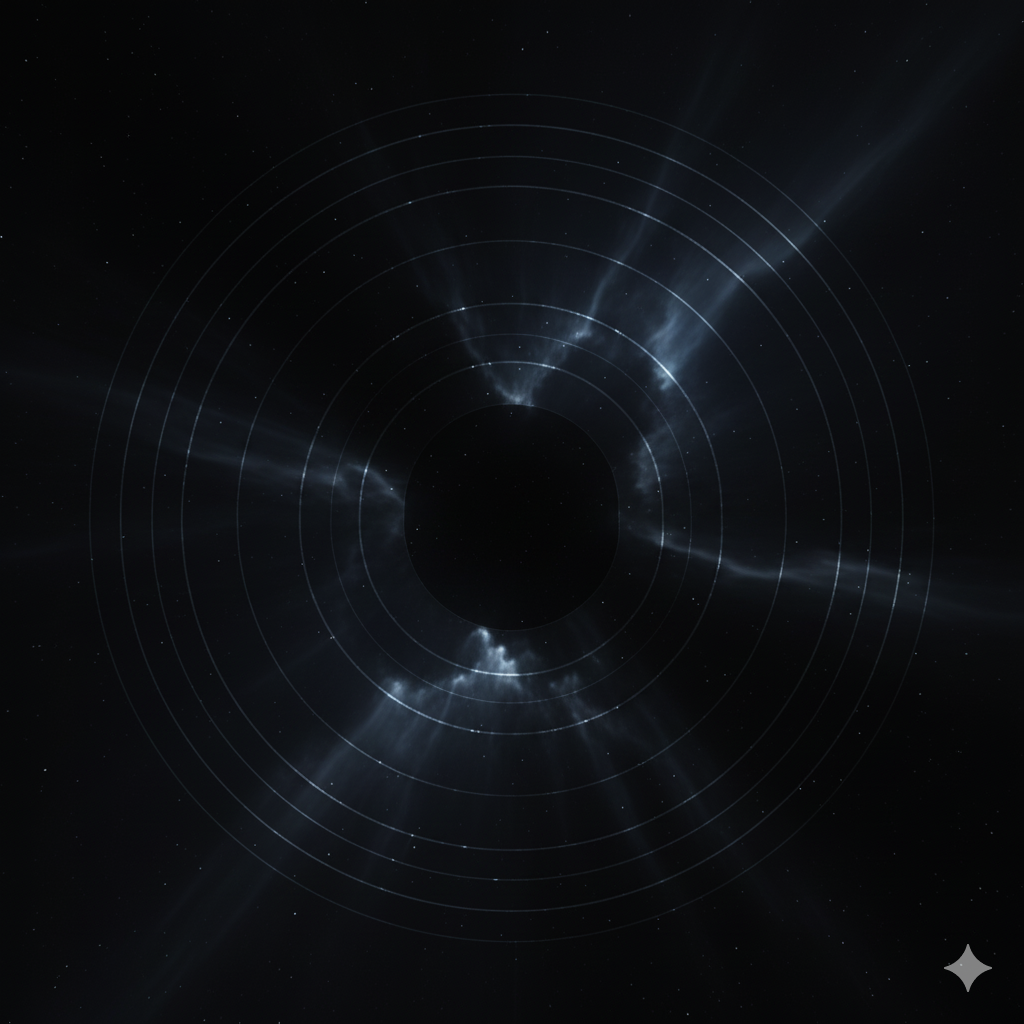
The Aesthetic of the Void: Beauty as Annihilation
Inspiration soon curdled into compulsion. Helena, the master of chaos, became obsessed with symmetry. The hum in her mind now sounded louder, a silent, insistent demand. She bought rulers, set squares, and compasses—tools she had once despised as crutches for the unimaginative. She would spend hours, then days, dividing her canvases into perfect sections, ensuring that every line on the left had its exact counterpart on the right.
The vibrant, passionate colors were the first to die. They were replaced by smooth, meticulous gradients of gray, black, and white. Texture, the very soul of her previous work, was sanded down to a slick, impersonal surface. Her works, which once screamed with the pain and joy of the human condition, now whispered the frigid peace of non-existence. They were beautiful, but with the beauty of a frost crystal or a mathematical equation. The beauty of the void.
Her gallerist, a man who had known her for years, was horrified. “Helena, what is this?” he asked, standing before her new collection. The canvases looked like architectural diagrams for a mausoleum or blueprints for a city with no inhabitants. “It’s technically perfect. But where are you? Where is your soul?”
Helena couldn’t explain. The search for perfect symmetry was no longer an artistic choice; it was a physical need, an itch in her brain that was only soothed when balance was finally achieved. Every asymmetrical brushstroke she attempted, in an act of rebellion, caused her a sharp psychic pain, a dissonance that echoed the hum in her mind and left her nauseous. Her art had become a gateway to this aesthetic of annihilation, and with each passing day, she walked deeper into it.
Perception as Prison: The Macabre Justice of the Libra Sign
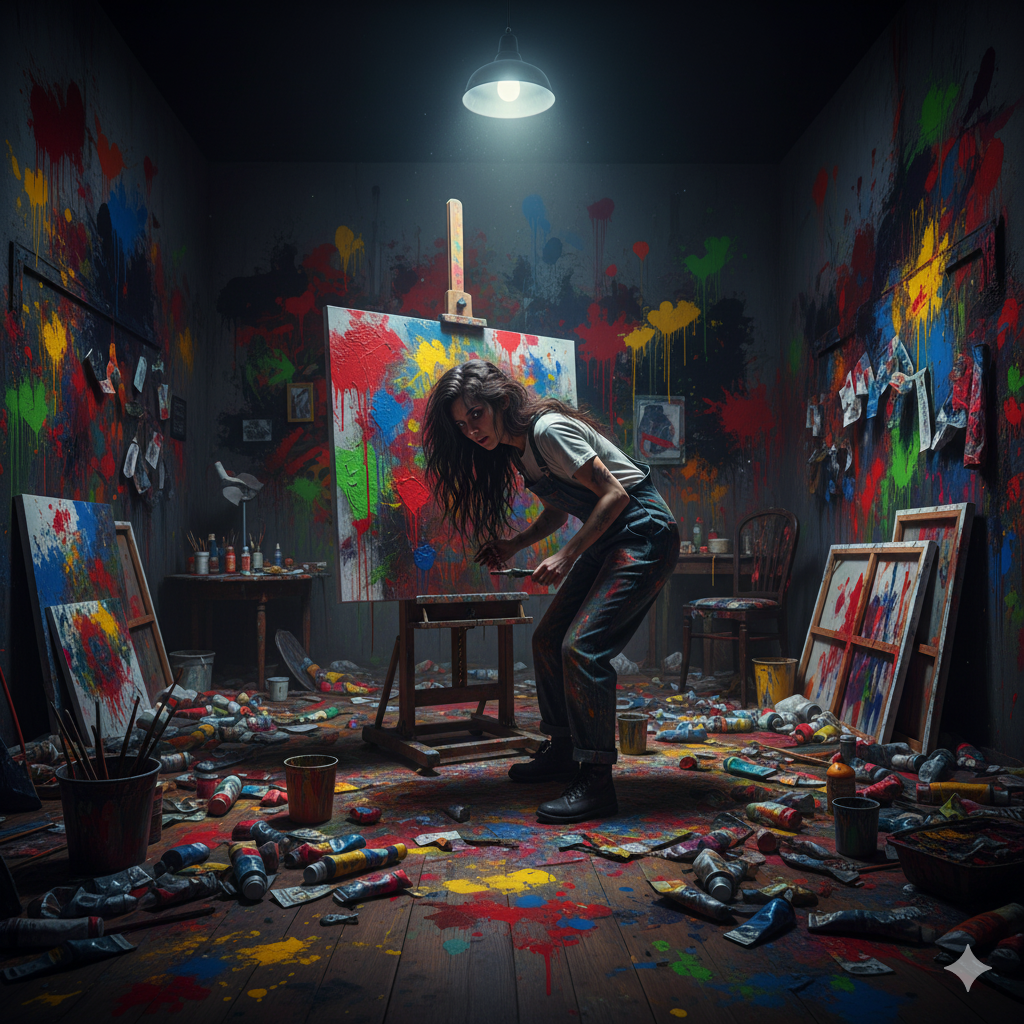
The true horror began when the compulsion overflowed from the canvas and contaminated the real world. The hum was no longer a sound; it became a lens through which she perceived reality. And reality, in its glorious imperfection, became a source of infinite torture. The abstract concept of justice, a pillar of the Libra sign, manifested as a macabre neurological condition, a kind of existential synesthesia that was driving her mad.
Walking down the street was torment. She would look at a tree with one branch slightly longer than the other and feel a sharp stabbing pain in the corresponding side of her body. The facade of a building with a misaligned window would cause her vertigo. The cacophony of traffic was no longer just noise; it was a graph of imbalance that manifested as pulsing migraines. The world, with all its organic, asymmetrical beauty, was an assault, a symphony of errors that screamed to be corrected.
She isolated herself in her studio, the only place she could exert some control. She tried to create a sanctuary of equilibrium. She aligned her brushes in perfect order of size and color. She centered every piece of furniture with millimeter precision. But it was useless. She could still feel the uneven weight of the moon pulling the tides, the irregular heartbeat of the city outside, the unbalanced ebb and flow of millions of lives. She had been tuned to the frequency of cosmic order, and now she was an antenna for all the chaos in the universe. Justice was no longer an ideal; it was her perception, and her perception was hell.
Marco tried to reach her but found a wall of glass. “Helena, what is happening?” he pleaded. “You barely eat. You don’t speak. You just… arrange things.” He pointed to his sculptures, which she had moved to create perfect symmetry in the corner of the room. “This isn’t you.”
She looked at his crooked smile, the smile she had loved so much, and felt a wave of nausea. It was wrong. Unbalanced. “I just… need order,” she whispered, her voice faint. Their love, built on accepting each other’s imperfections, was becoming another source of pain.
Union with the Void: The Final Relationship
The Libran theme of relationships and partnership with “the other” manifested in the most abstract and terrifying way. Mirrors, once tools for self-portraits, became portals. When looking at her reflection, she began to see not herself, but a “corrected” version. A perfectly symmetrical Helena. Her face, with its small, charming imperfections—a slightly higher eyebrow, a subtle mole—was mirrored into a mask of geometric perfection. It was a face with no expression, with eyes that were just pits of silent equilibrium.
Slowly, this vision began to bleed into reality. She would look at Marco and see, for a fraction of a second, his beloved face become a symmetrical, loveless mask. She saw the duality in everything: the imperfect being and its “corrected,” empty potential. The cosmic entity did not want to destroy her; it wanted a relationship with her. It wanted to merge, to create a partnership where Helena’s chaotic passion would be eternally balanced by the vast, silent neutrality of the cosmos.
She began to lose the sense of where she ended and the hum began. Her emotions were now felt as disturbances that needed to be neutralized. A wave of joy was immediately counterbalanced by an abyss of apathetic sadness, resulting in an emotional zero. The love she felt for Marco was cooled by a calculated indifference, a counterweight that rendered it meaningless. The principle of the Libra sign, the search for harmony through union with the other, was being realized within her. But the “other” was the void itself. A mystical union with nothingness. A marriage to oblivion.
The Final Masterpiece: The Soul as the Point of Equilibrium
Helena knew she was being erased. Her essence, her individuality, her soul—it was being “balanced” into non-existence. In a final act of defiance, which was also an act of surrender, she decided to paint her final masterpiece. She would not fight the compulsion; she would follow it to its logical, terrifying conclusion.
She took her largest canvas, a two-meter square, and placed it in the exact center of the studio. She would use no rulers or compasses. She no longer needed them. The hum in her mind was her only guide. She did not paint shapes or figures. She painted the concept of equilibrium itself. Layer after layer of pigment, each one counterbalancing the last. A stroke of warmth was neutralized by one of cold. A rough texture was smoothed over by a slick one. Every potential for shadow was filled with light, every color canceled out by its complementary opposite until nothing remained.
The act of painting was the very ritual of her dissolution. With each brushstroke, she felt a piece of herself ebb away, transferred to the canvas. The memory of her first love, the sound of her mother’s laughter, the pain of a broken heart, the joy of a sunny day—all were offered up, converted into emotional data, and neutralized on the canvas’s surface. She was, voluntarily, becoming the zero point, the fulcrum of the cosmic scales.
Marco watched her for days, helpless, as she wasted away, pouring her life into the work. He brought her food she didn’t eat, spoke words she didn’t hear. He was witnessing the annihilation of a soul.
When she finally finished, the canvas before her was a perfect square of absolute, neutral gray. It was not the color of paint, but the color of the vacuum, of infinite potential that had been canceled into itself. It was the visual image of silence. The image of perfect equilibrium. The image of the death of the soul.
It was Marco who found her. Helena was sitting on a bench, perfectly centered in her now perfectly ordered studio, facing the gray canvas. Her eyes were open, but they saw nothing. Her expression was one of absolute serenity, the peace that transcends all understanding and all feeling. There was no joy, no sadness. Only absence. She was still breathing in a perfectly regular rhythm. Her heart still beat, a machine in perfect working order. But Helena, the artist, the woman, the soul, was gone.
She had become her masterpiece. A vessel of perfect equilibrium. The final horror of the Libra sign is not a judgment or a punishment. It is an invitation. An invitation whispered on the frequency of the cosmos to abandon the painful, unbalanced struggle of existence, to surrender your imperfect individuality, and to merge with the silent, eternal geometry of the void. An invitation to, at long last, be at peace. And, in doing so, cease to be.
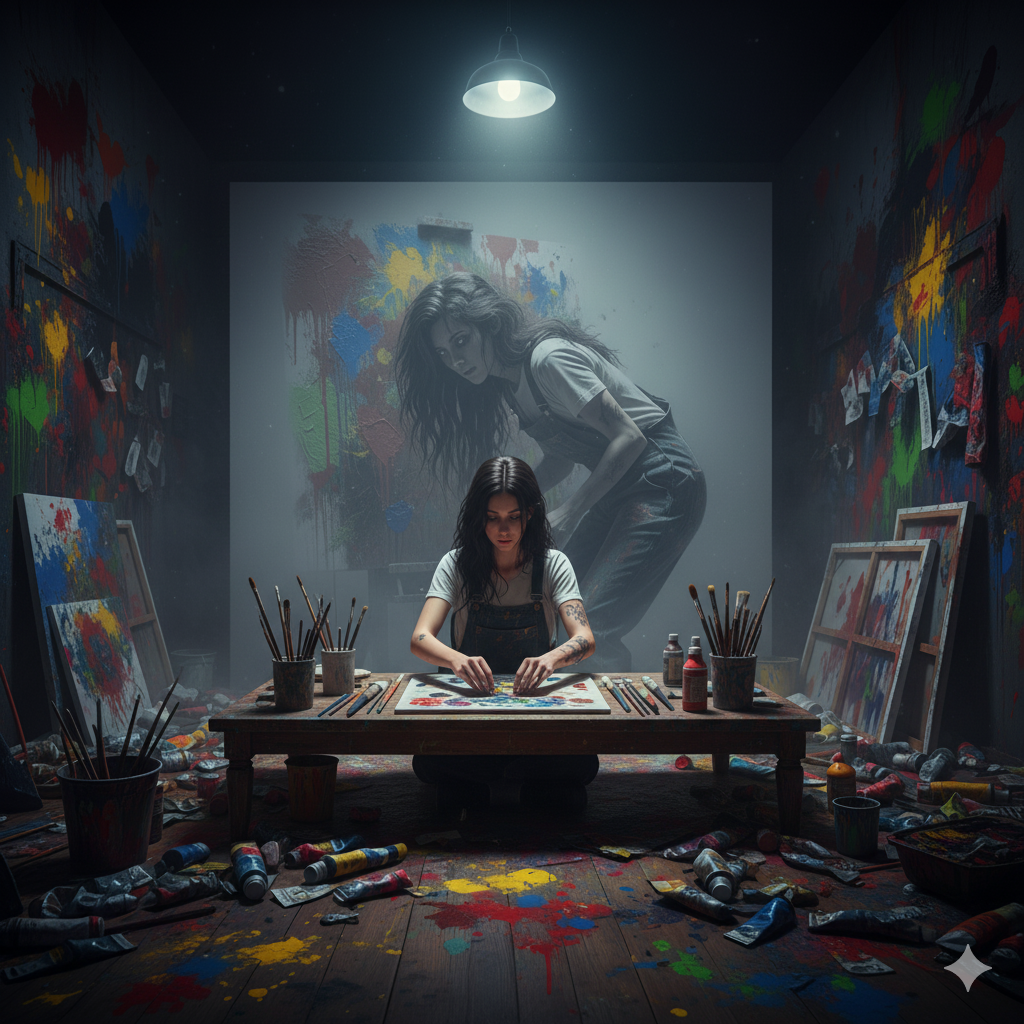









[…] The Silent Geometry of the Soul: The Abstract Horror of the Libra Sign […]